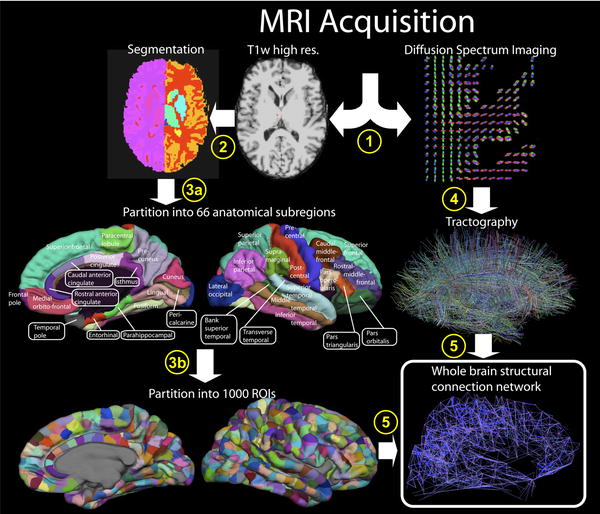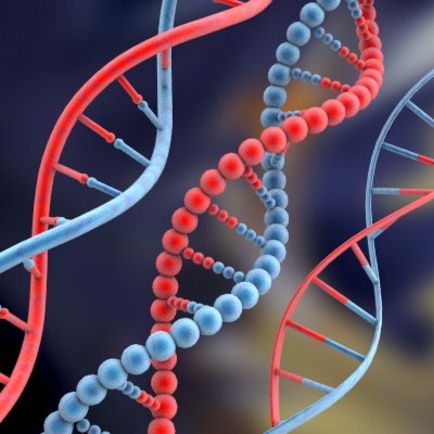A new gene called AP2gamma has been discovered to be crucial for the neural development of the visual cortex in a discovery that can have implications for the therapeutics of neural regeneration as well as provide new clues about how the brain evolved into higher sophistication in mammals. The article will come out in the journal Nature Neuroscience1 on the 14th of September.
A new paradigm in the way we look at cancer with important implications on how we treat it is about to be published in the British Journal of Cancer by Portuguese, Belgian and American researchers. The group use a mathematical approach to reveal how - by changing the dynamics of interaction between the cancer cells and those of the affected tissue – it is possible to control and even potentially cure the disease.
Schistosoma haematobium (S. haematobium) is a parasitic flatworm that infects millions of people, mostly in the developing world, and is associated with high incidence of bladder cancer although why is not clear.
Two works by Portuguese researchers just out in The Journal of Experimental Pathology (1) and the International Journal of Parasitology (2) reveal that cells infected in laboratory with S. haematobium, acquire cancer-like characteristics and, when injected into mice develop into tumours. The research identifies as well the host molecules linked to the carcinogenic changes, suggesting that these could be used as therapeutic targets to prevent bladder cancer.
Every day we make a multitude of decisions based on the consequences of our actions; goal-orientated responses.
In an always changing environment this capacity is crucial but, because it is complex, it also requires a lot from the brain. So repeated actions, like to press the elevator button to our floor, become linked to other type of neural responses, which are automatic and so less demanding. And if necessary it is always possible to switch back to the first kind of response.
A gene called Chd1 has been identified in a Nature study as crucial for embryonic stem cell pluripotency - the ability to differentiate into any type of cell. Chd1 seems to act by keeping the genetic material open and there poised to express any gene. Chd1 is also shown to be fundamental when reactivating differentiated tissue cells in order to create new stem cells.
The discovery has implications, not only for a better understanding of stem cells unique characteristics, but also for the process of obtaining them from tissue-specific cells avoiding all the problems associated with embryonic stem cells.
Scientists have discovered the gene behind Recessive Omodysplasia, a rare skeletal disease characterised by short-limbed dwarfism and craniofacial anomalies. The work, just published in the American Journal of Human Genetics, reports the identification on chromosome 13 of a gene - GPC6 – that is shown to be crucial for normal bone development.
The research will allow a better comprehension, as well as prevention, of the disease by permitting the screening of potential mutation carriers in pregnancy but most importantly will also help to understand better bone development and its molecular bases.
 A New Target For Machado Joseph Disease Treatment
A New Target For Machado Joseph Disease Treatment Mechanism To Delay Aging Identified
Mechanism To Delay Aging Identified New Treatment For The "Iron Overload Disease"
New Treatment For The "Iron Overload Disease" Fluorescence Microscopy: New 2-D Images Can Detect Cancer Risk
Fluorescence Microscopy: New 2-D Images Can Detect Cancer Risk









